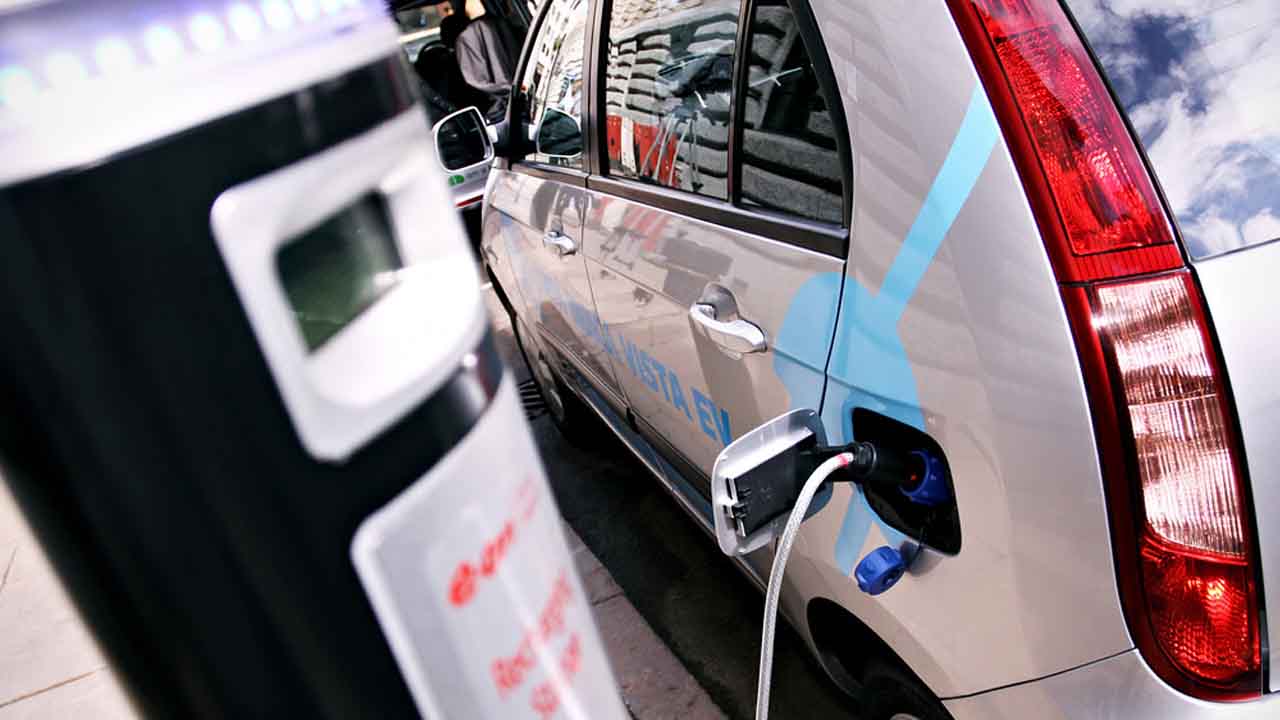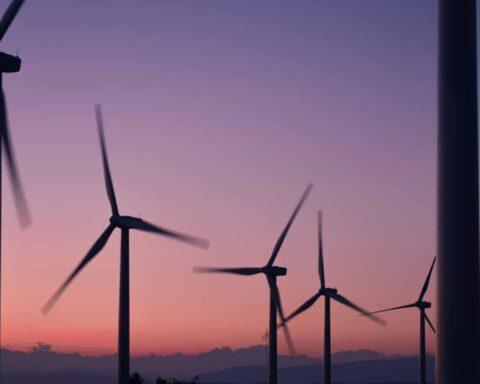China’s Ministry of Finance cut subsidies for electric vehicles (EVs) by 20% this year, as sales of so-called new energy vehicles (NEVs)—a category covering hybrids, plug-ins, and hydrogen-powered autos—regained momentum after plunging during the pandemic last year. The ministry said on its website, the 2022 NEV subsidies policy will terminate on 31 December 2022 and NEVs will not be subsidised afterwards.
Subsidies on electric vehicle purchases have helped China become the world’s largest market for EVs, accounting for roughly 50% of global sales. Beijing had planned to phase out the subsidies entirely by December 2020 and started rolling them back in June 2019, claiming that production had gotten cheap enough to no longer warrant government support.
As China’s EV market grows, Tesla is vying with local rivals to maintain its market lead. On Sunday, the California company began taking orders for its new China-made Model Y at a lower price. The China-made vehicle will cost RMB339,000 ($52,000)—30% less than Tesla advertised last year. Tesla says it will apply for government subsidy support too, which could save consumers even more money when the units are delivered in February.
Global automakers such as Volkswagen AG, General Motors Co, Toyota Motor Corp and Tesla Inc are ramping up electric vehicle production in China. The ministry also said China would tighten up supervision of NEV safety issues to prevent accidents.
Industry body China Association of Automobile Manufacturers estimated earlier this month that sales of NEVs in China would grow by 47% to 5 million this year.
The Indian automotive industry is the fifth-largest in the world and is slated to be the third-largest by 2030. Catering to a vast domestic market, reliance on the conventional modes of fuel-intensive mobility will not be sustainable. In an effort to address this, policymakers are developing a mobility option that is Shared, Connected and Electric, and have projected an ambitious target of achieving 100 percent electrification by 2030.





























